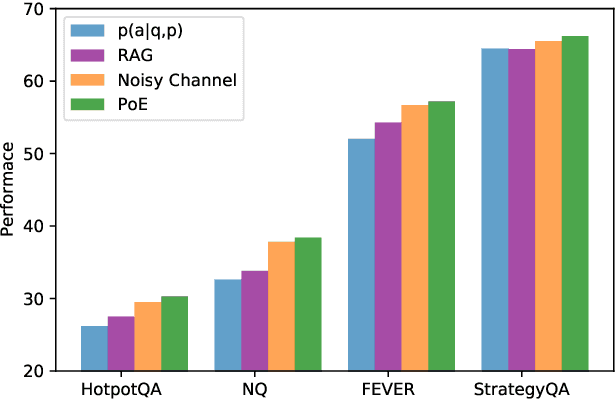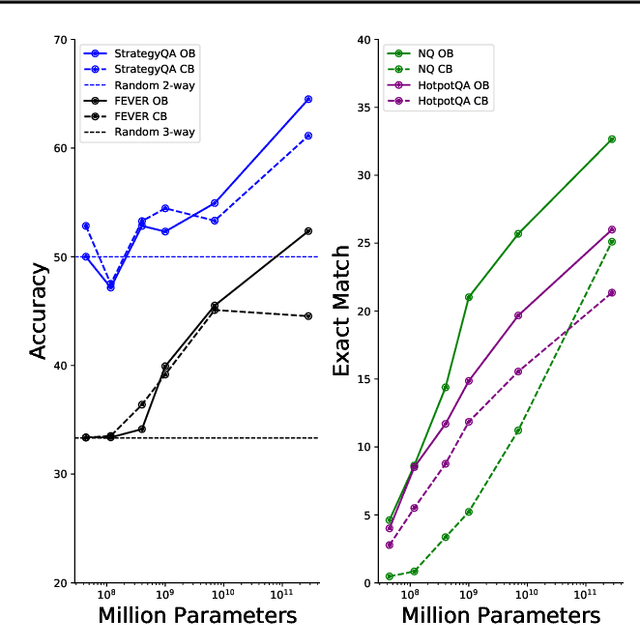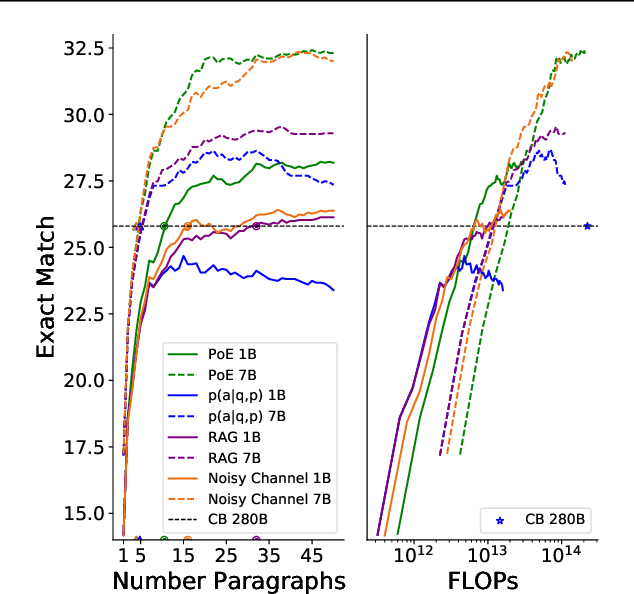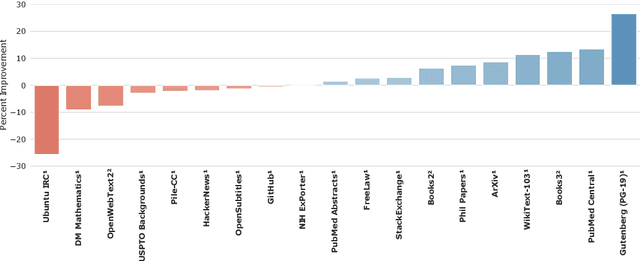Nikolai Grigorev
Internet-augmented language models through few-shot prompting for open-domain question answering
Mar 10, 2022



Abstract:In this work, we aim to capitalize on the unique few-shot capabilities offered by large-scale language models to overcome some of their challenges with respect to grounding to factual and up-to-date information. Motivated by semi-parametric language models, which ground their decisions in external retrieved evidence, we use few-shot prompting to learn to condition language models on information returned from the web using Google Search, a broad and constantly updated knowledge source. Our approach does not involve fine-tuning or learning additional parameters, thus making it applicable to any language model, offering like this a strong baseline. Indeed, we find that language models conditioned on the web surpass performance of closed-book models of similar, or even larger, model sizes in open-domain question answering. Finally, we find that increasing the inference-time compute of models, achieved via using multiple retrieved evidences to generate multiple answers followed by a reranking stage, alleviates generally decreased performance of smaller few-shot language models. All in all, our findings suggest that it might be beneficial to slow down the race towards the biggest model and instead shift the attention towards finding more effective ways to use models, including but not limited to better prompting or increasing inference-time compute.
Scaling Language Models: Methods, Analysis & Insights from Training Gopher
Dec 08, 2021



Abstract:Language modelling provides a step towards intelligent communication systems by harnessing large repositories of written human knowledge to better predict and understand the world. In this paper, we present an analysis of Transformer-based language model performance across a wide range of model scales -- from models with tens of millions of parameters up to a 280 billion parameter model called Gopher. These models are evaluated on 152 diverse tasks, achieving state-of-the-art performance across the majority. Gains from scale are largest in areas such as reading comprehension, fact-checking, and the identification of toxic language, but logical and mathematical reasoning see less benefit. We provide a holistic analysis of the training dataset and model's behaviour, covering the intersection of model scale with bias and toxicity. Finally we discuss the application of language models to AI safety and the mitigation of downstream harms.
 Add to Chrome
Add to Chrome Add to Firefox
Add to Firefox Add to Edge
Add to Edge